Sole of the UX: Crossover Cross-branding at Its Worst?

Lexus unveiled a collaboration with Nike and designer John Elliot at New York Fashion Week, celebrating both human and automotive footwear. The finished piece, titled “Sole of the UX,” is scheduled to make additional appearances across the country later this year, touring with a matching pair of Nike AF1 shoes.
After conducting a bit of research, Elliott appears to be a fashion designer specializing in the least imaginative streetwear ever to enter mass production. His beige drawstring pants, which run about $200 USD, are probably the most creative item in his entire catalog. The brunt of his collection involves plain shirts and lots of faded denim.
While not hideous by any means, it’s devoid of any unique style. The articles of clothing Elliot specializes in are the kind of pieces you’d wear while running errands or relaxing at home. They just cost a lot more. However, as Elliot openly describes his take on fashion as intentionally “basic,” there’s little reason to get ultra salty over how so much of his fashion line resembles a high-quality burlap sack. Instead, let’s focus our collective ire on Lexus.
Last year, the brand tapped minimalist Pedro Henriques to cover half of a UX crossover in white paint and toss some black splotches on an LFA coupe. While we don’t have problems with art cars, Lexus’ offerings from 2018 were beyond bland. I placed their level of excitement and memorability somewhere between eating a bowl of dry cereal and ordering a package of socks online.
Unfortunately, the automaker’s creative aspirations don’t appear to have evolved and absolutely reek of corporate shenanigans. Elliott is probably most famous for working with Nike, specifically on the latest incarnation of its Air Force 1 sneakers. Despite the shoes looking like the prescription jobs my grandfather wore in 1990, they’ve become popular enough for some high level cross-branding with Lexus.
Ultimately, this just means a new set of shoe-inspired tires. Typically, this works backwards — with shoe companies delivering special edition footwear based on a specific automotive brands or models.
This time around, we got a shoe-based car instead of the usual car-based shoe. Maybe that’s not be the best way to explain the situation. The only thing that has really changed on the Lexus is the rubber, which does match the famous white Nikes right down to the swoosh. But it all feels so lazy. Save for Elliot’s own name on the rear doors and the completely white paint job, there’s nothing else to set this car apart from a standard Lexus UX — it even wears stock wheels.
The most unpalatable aspect of this has precious little to do with design and everything to do with the clumsy attempt at cross-branding. Nike wanted to further promote the shoe, Lexus wanted to highlight the brand’s involvement, and John Elliot knew this would help raise awareness of his clothing line. You can almost hear the dull teleconference where this idea was pushed through as you gaze into the UX’s chalky rounds.
“We were excited to merge the streetwear narrative and design cues of our Air Force 1 with a brand like Lexus,” Elliot said at the unveiling. “We’re thankful they’ve allowed us to use this moment to celebrate the arts and to bring extra energy to our take on a classic … It’s fun to partner with brands that typically live outside the fashion community because it allows us to evolve and continue to push our own boundaries.”
We would like to congratulate Mr. Elliot for not forgetting to mention every key player involved in this utterly transparent business decision masquerading as art. But what the hell constitutes “the streetwear narrative?” At least Pedro Henriques cooked up a story about how his work with Lexus allowed for him to design a piece that says something about contemporary living.
On the upside, the Sole of the UX debut also included a charity auction benefiting Inner-City Arts in Los Angeles. As for the car, it’s effectively a mobile art installation aimed at promoting the companies involved to key demographics ( young urbanites with extra cash). Lexus has no intention of selling its UX with white rubber and Nike isn’t going to start competing with Goodyear — not that you could safely drive on these tires if they did.
[Images: Lexus; John Elliot]

A staunch consumer advocate tracking industry trends and regulation. Before joining TTAC, Matt spent a decade working for marketing and research firms based in NYC. Clients included several of the world’s largest automakers, global tire brands, and aftermarket part suppliers. Dissatisfied with the corporate world and resentful of having to wear suits everyday, he pivoted to writing about cars. Since then, that man has become an ardent supporter of the right-to-repair movement, been interviewed on the auto industry by national radio broadcasts, driven more rental cars than anyone ever should, participated in amateur rallying events, and received the requisite minimum training as sanctioned by the SCCA. Handy with a wrench, Matt grew up surrounded by Detroit auto workers and managed to get a pizza delivery job before he was legally eligible. He later found himself driving box trucks through Manhattan, guaranteeing future sympathy for actual truckers. He continues to conduct research pertaining to the automotive sector as an independent contractor and has since moved back to his native Michigan, closer to where the cars are born. A contrarian, Matt claims to prefer understeer — stating that front and all-wheel drive vehicles cater best to his driving style.
More by Matt Posky
Latest Car Reviews
Read moreLatest Product Reviews
Read moreRecent Comments
- Carson D Just don't be the whistleblower who reports on the falsification of safety data. That's a deadly profession.
- Carson D I'd have responded sooner, but my computer locked up and I had to reboot it.
- Todd In Canada Mazda has a 3 year bumper to bumper & 5 year unlimited mileage drivetrain warranty. Mazdas are a DIY dream of high school auto mechanics 101 easy to work on reliable simplicity. IMO the Mazda is way better looking.
- Tane94 Blue Mini, love Minis because it's total custom ordering and the S has the BMW turbo engine.
- AZFelix What could possibly go wrong with putting your life in the robotic hands of precision crafted and expertly programmed machinery?



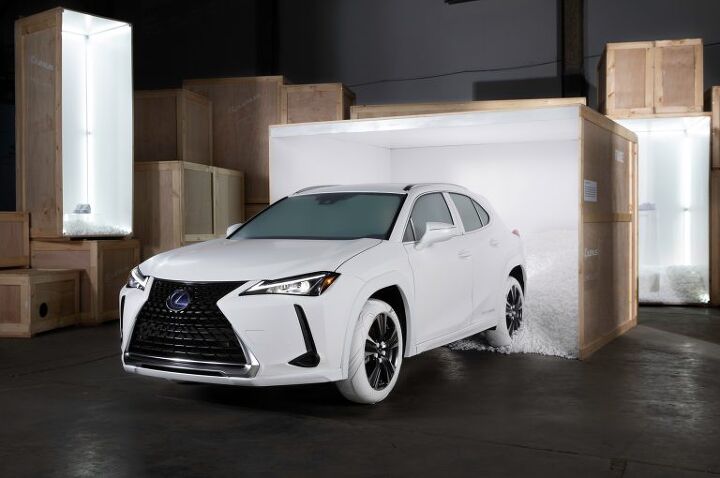















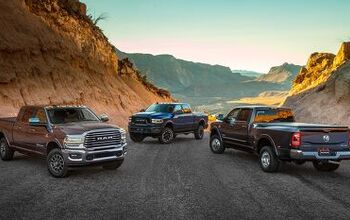



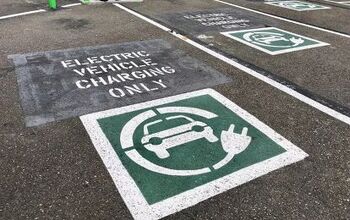
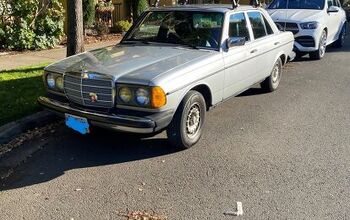

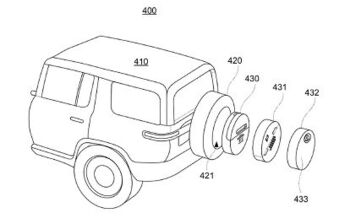
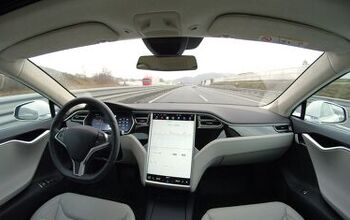
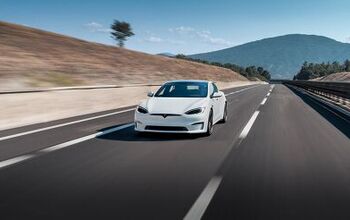
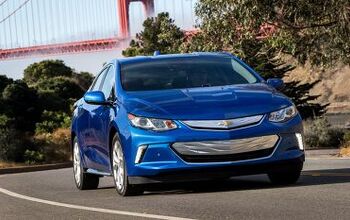
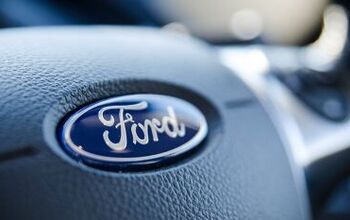


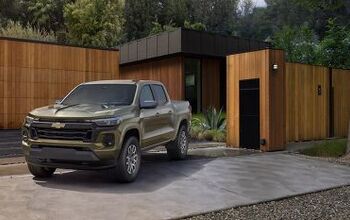
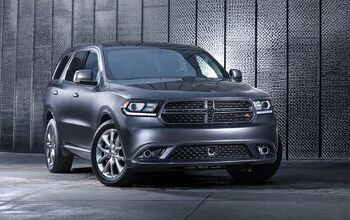

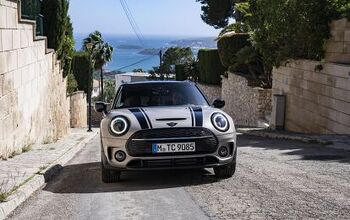
Comments
Join the conversation
Overpriced consumerist crap devoid of unique style? PURPOSE MADE for Lexus tie-in.
Looking at those shoes, it sounds like their target audience is Nurse Ratched.